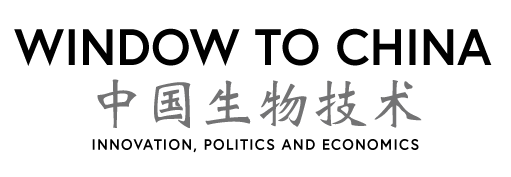http://j.people.com.cn/n3/2023/1020/c95952-20087036.html
Zheng Baodong, vice president of Fujian Agriculture and Forestry University, said, “The mycorrhizal technology has brought a sense of accomplishment and happiness to hundreds of thousands of people, enhanced the poverty reduction capacity and civilian welfare of the “One Belt, One Road” joint construction countries, and has been praised as ‘grass that brings wealth’ and ‘grass that brings happiness'”.
This technology, invented by Professor Lin Shuoshi of the university, has been widely applied in China and abroad. According to statistics, the university has held 333 international training sessions, training a total of 13,990 students, established model centers in 17 countries, and trained 27 master’s and doctoral students from 12 countries majoring in mycorrhiza.
The mycorrhizal technology was mentioned in five white papers, including “Joint Construction of ‘One Belt, One Road’: An Important Practice in Building a Community of Destiny for Humanity,” published by the State Council Press Office. The Fiji fungus project was selected for “Eradicating Absolute Poverty-China’s Practice” published by the UN Economic and Social Council and China’s Ministry of Foreign Affairs, and the “One Belt, One Road” story series published by China’s Ministry of Commerce. The Lesotho Fungus Grass Project was selected as the World’s Best Poverty Reduction Case Study.
In Papua New Guinea, the mycorrhizal technology has spread to more than 13,000 farming households in nine provinces and 17 districts, benefiting more than 40,000 people.
The international community has widely praised the achievements of fungal technology in supporting poverty reduction and the promotion of green and sustainable development in the “One Belt, One Road” co-building countries. There have been 1,000s of reports by countries such as Fiji, Laos, Kenya, Nigeria, Lesotho, Central Africa, Jamaica, and Mexico, as well as by official UN media and websites.
